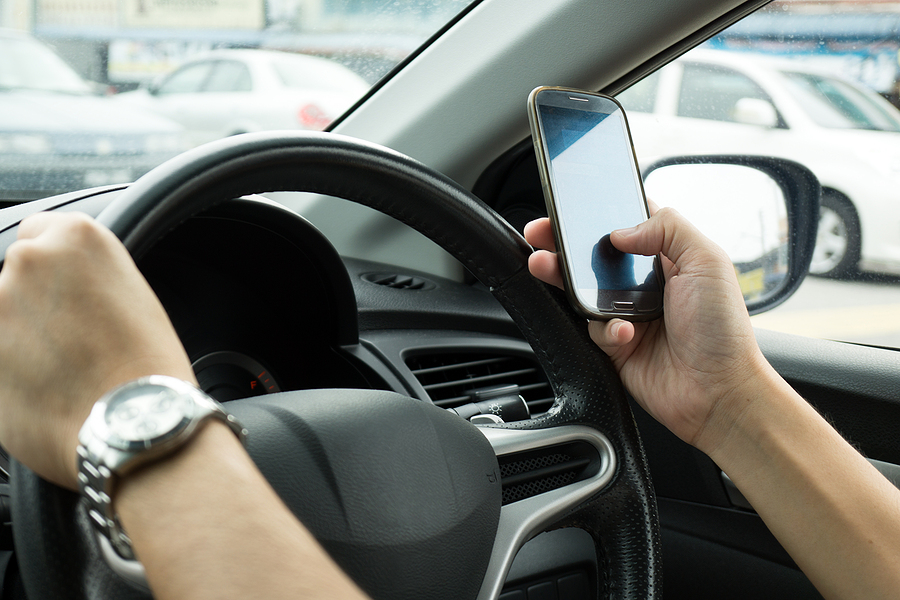Critical Tips on How to Prevent Employee Texting While Driving by Company Vehicles

Texting while driving has reached epidemic proportions on our roads. It is not only dangerous to the driver, but also to every other person within the vicinity. For instance, firms with employees who drive cars ought to have clear rules and guidelines that would stop their staff from texting while driving.
This article will give basic recommendations for company leaders and drivers on numerous ways of understanding these risks and prevent from this unsafe practice.
Learn About the Risks of Texting While Driving
The first thing that should be done is to teach people about why it is dangerous to text when they are driving. On average, a driver’s eyes go off the road for at least 5 seconds so as not to miss any incoming text messages.
At 55 mph, this is comparable to driving an entire football field blindfolded. Reaction times are slowed down by texting, lanes are not kept properly or often crossed, and speed control deteriorates, among others.
People who send texts while driving their motor vehicles are more likely to cause car accidents than those who do not. These terrible statistics make it apparent that driving must take precedence over texting always.
Prohibit Use of Smartphones While Driving
A clear company policy needs to prohibit any use of handheld phones while operating vehicles. Even with hands-free technology, the mental distraction of a phone conversation slows reaction times. Employees should be instructed to refrain from calling, texting, emailing, or using apps when behind the wheel. If they need to communicate urgently, they can pull over safely to respond. With a zero-tolerance policy, managers set clear expectations that phones are off-limits while driving.
Encourage Drivers to Set Phones to “Do Not Disturb”
In addition to company policies, drivers need to take personal responsibility for avoiding distractions. They should silence phones and set them to “Do Not Disturb” mode before driving, so they aren’t tempted to respond. If the phone isn’t lighting up with notifications, it’s easier to ignore. Some phones can even be set to auto-reply to messages that the driver is currently driving and will respond later.
Stop and Park Safely Before Using Phones
If drivers need to make a call or send a text, they should pull over in a safe, legal parking spot before touching the phone. Taking those few extra moments to stop the car prevents distraction behind the wheel. Drivers should be encouraged to identify parking areas along their regular routes where they can pull in to use their phones if needed.
Lead by Example
Managers must walk the walk when it comes to cell phone policies. If employees see their leaders freely texting while driving, they’ll assume it’s acceptable behavior. By keeping phones off and parked while driving, managers set the right example. To really drive the point home, managers can let employees know when they are pulling over to use their phones safely.
Use Apps to Block Phone Use While Driving
Apps provide another useful strategy to prevent distracted driving. Apps can block incoming calls and texts and even disable some phone features when vehicles are in motion. Managers can encourage and even require employees to run these apps during work hours. This removes the temptation employees may feel when phones light up.
Stay Calm and Defensive
With so many distracted drivers out there, it’s important to keep calm and stay defensive behind the wheel. If another driver seems distracted and makes an erratic move, let them go by. Give aggressive drivers plenty of space. Anticipate potential risks and be prepared to react. While staying calm, also pay close attention to spot distracted driving behaviors in other cars.
Conclusion
There are several ways through which texting while driving could be prevented. If companies and employees are committed to preventing it, blocking cell phone signals, clear policies, education and safe parking habits can help stem the tide. Staying calm while using apps goes a long way in reinforcing the above measures. Turning off phones and keeping hands on wheels saves lives.
